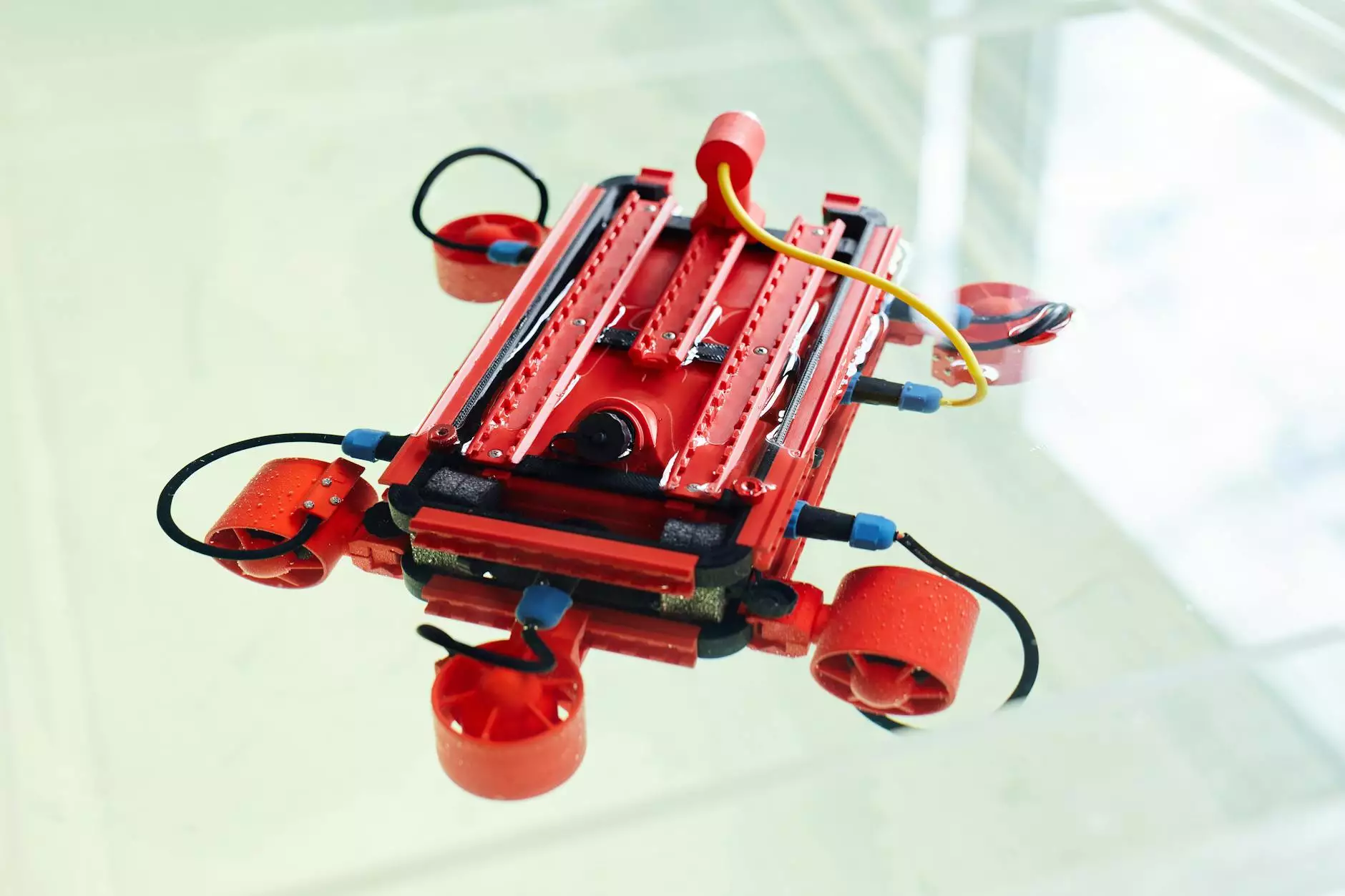The Comprehensive Glossary of Artificial Intelligence

Artificial Intelligence (AI) has transformed the landscape of modern business, offering innovative solutions to complex challenges and driving unprecedented levels of efficiency. As the tech industry continues to evolve at a rapid pace, it is crucial for professionals to stay abreast of the latest AI terms and concepts. In this article, we delve into the glossary of artificial intelligence, providing a comprehensive guide to the terminology that shapes the AI ecosystem.
1. Artificial Intelligence
Artificial Intelligence refers to the simulation of human intelligence processes by machines, especially computer systems. AI encompasses a wide range of technologies, including machine learning, natural language processing, and computer vision, that enable machines to perform cognitive tasks typically associated with human intelligence.
2. Machine Learning
Machine Learning is a subset of AI that involves the development of algorithms and statistical models that enable machines to learn from and make predictions based on data. This technology is at the core of many AI applications, from recommendation systems to image recognition.
2.1 Supervised Learning
In supervised learning, machines are trained on labeled data sets, with the goal of predicting outcomes based on new input data. Supervised learning algorithms are widely used in tasks such as spam detection and sentiment analysis.
2.2 Unsupervised Learning
Unsupervised learning involves training machines on unlabeled data sets, allowing them to discover patterns and relationships without explicit guidance. Clustering and dimensionality reduction are common unsupervised learning techniques.
3. Natural Language Processing
Natural Language Processing (NLP) is a branch of AI that focuses on enabling computers to understand, interpret, and generate human language. NLP powers applications such as virtual assistants, sentiment analysis, and machine translation.
4. Computer Vision
Computer Vision is a field of AI that enables machines to interpret and analyze visual information from the real world. This technology is utilized in facial recognition, object detection, and autonomous vehicles.
5. Deep Learning
Deep Learning is a subset of machine learning that involves neural networks with multiple layers. This approach enables machines to process complex data and learn intricate patterns, leading to breakthroughs in areas such as speech recognition and medical diagnostics.
6. Robotics
Robotics combines AI with engineering to design, construct, and operate robots that can perform tasks autonomously or collaboratively with humans. From industrial automation to healthcare assistance, robotics plays a vital role in various industries.
7. Chatbots
Chatbots are AI-powered conversational agents that interact with users in natural language. These virtual assistants are used in customer service, sales, and information retrieval, providing personalized support and streamlining communication processes.
8. Autonomous Vehicles
Autonomous Vehicles, also known as self-driving cars, utilize AI technologies such as computer vision and machine learning to navigate and operate vehicles without human intervention. With the potential to revolutionize transportation, autonomous vehicles are a prominent example of AI in action.
Conclusion
As AI continues to shape the future of business, understanding the terminology and concepts that underpin this technology is essential for professionals across all industries. By familiarizing yourself with the intricate glossary of artificial intelligence, you can navigate the AI landscape with confidence and leverage the power of AI to drive innovation and growth in your organization.
glossary artificial intelligence


